The spectre of the Charlie Hebdo killings still hangs over Paris. Outside the École Nationale Supérieure des Beaux-Arts, opposite the Louvre, there’s a big poster of Cabu, one of the murdered cartoonists. The poster is peppered with fake bullet holes; underneath, the caption reads, ‘It doesn’t hurt at all.’
I didn’t realise, until I talked to the curator of the new Impressionist show at the National Gallery in London, that Cabu was a popular figure on French children’s TV in the 1970s. His death particularly haunts the middle-aged, who grew up on his cartoons. The Charlie Hebdo posters across Paris still bring you up short. I hope it isn’t sacrilege to let your mind drift in more pleasant directions as you wander around the Impressionist city.
The National Gallery show tells the story of the greatest Impressionist dealer in late 19th-century Paris. Paul Durand-Ruel was an early avid fan of the Impressionists. In a single visit to Manet’s workshop in 1872, he bought 21 paintings. Durand-Ruel nearly bankrupted himself twice, backing Manet, Monet, Degas, Renoir, Pissarro and Sisley. He was vindicated before his death in 1922; not just by his financial success, but also by the popular and critical success of the Impressionists.
If anything, they became too successful in the 1980s, to the point that it was hard to look at them freshly. The National Gallery show, crammed with surprises, helps you see Paris once again through Impressionist eyes. The show is full of Parisian settings barely changed in 150 years; like the regimented trees and raked gravel of the Tuileries, packed with bearded men in top hats in Manet’s ‘La Musique aux Tuileries’.
The clothes have changed a bit. Otherwise, the scene today in La Closerie des Lilas in Montparnasse, a favourite restaurant of Cézanne’s, is not unlike Renoir’s ‘La Fin de Déjeuner’. A self-absorbed young dandy with a hipster beard lights up a cigarette while two bored Parisiennes look on, anaesthetised by a few digestifs. The Parisian elite have got thinner since the Impressionists. I understood why when I saw the prices at the Café Marly, the impossibly elegant restaurant overlooking the Louvre Pyramid.
I cycled back to the Gare du Nord on a Vélib. Another Charlie Hebdo poster greeted me as I docked my bike. When the last poster comes down, the shock will live on, as it should. But it can’t mask Paris’s surviving glories.
Got something to add? Join the discussion and comment below.
Get 10 issues for just $10
Subscribe to The Spectator Australia today for the next 10 magazine issues, plus full online access, for just $10.
‘Inventing Impressionism — The Man Who Sold a Thousand Monets’, National Gallery, 4 March–31 May. Harry Mount travelled to Paris on Eurostar. Tickets from £69 return; eurostar.com, 03448 224 777.
You might disagree with half of it, but you’ll enjoy reading all of it. Try your first month for free, then just $2 a week for the remainder of your first year.

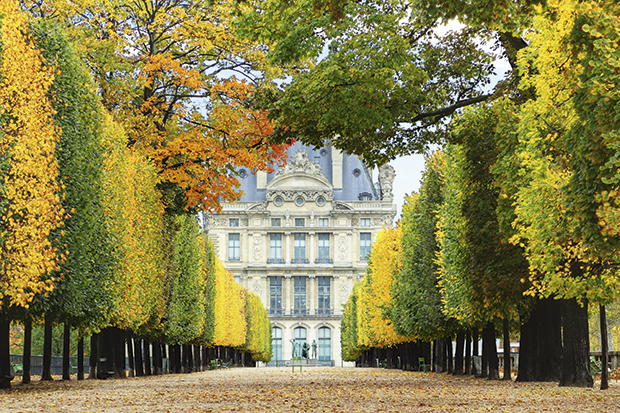
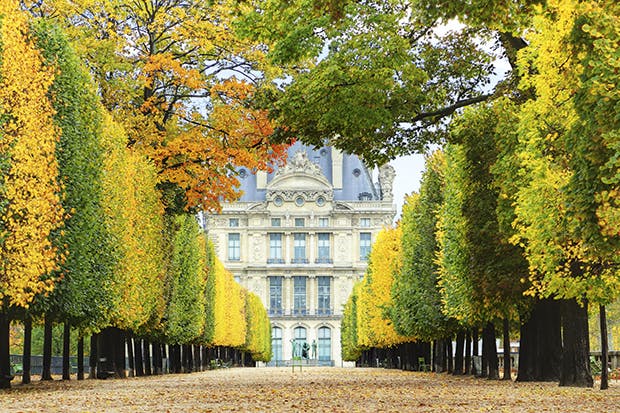
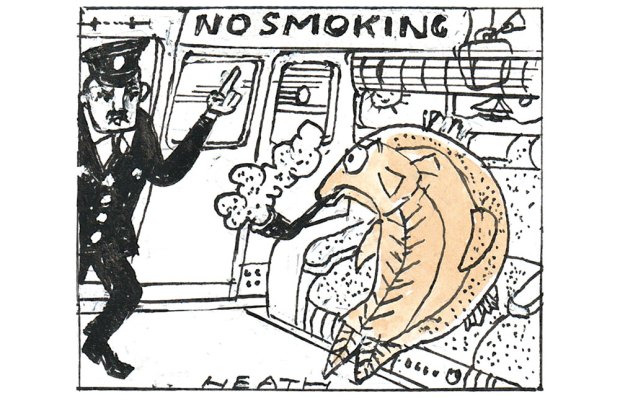
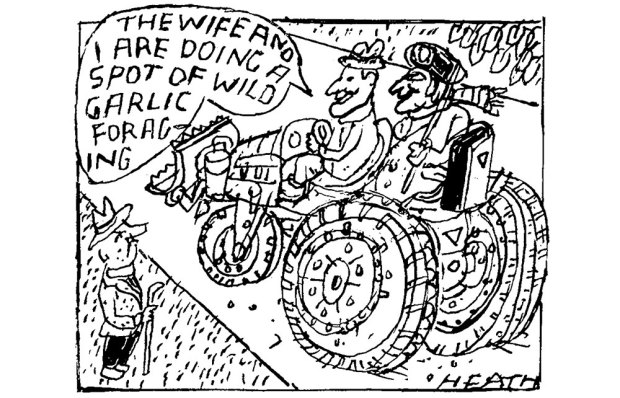
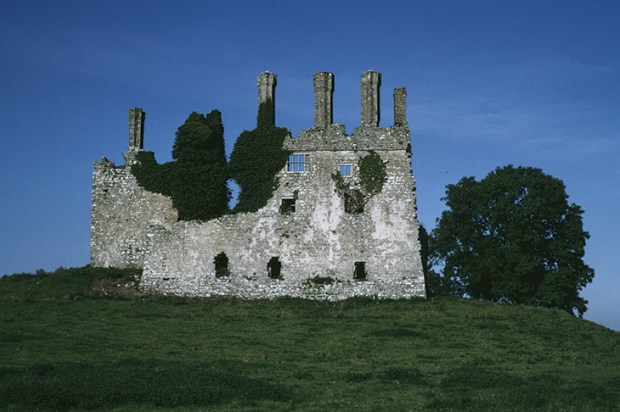
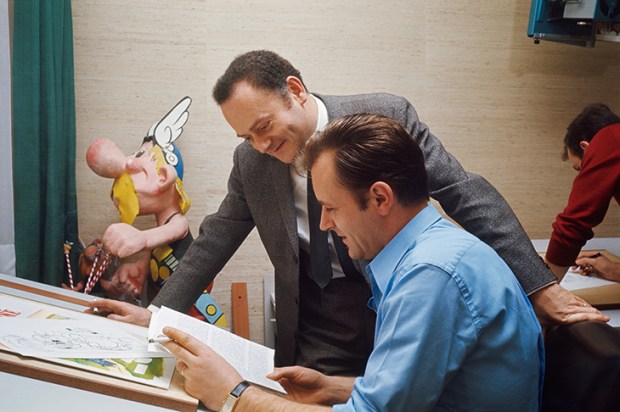







Comments
Don't miss out
Join the conversation with other Spectator Australia readers. Subscribe to leave a comment.
SUBSCRIBEAlready a subscriber? Log in